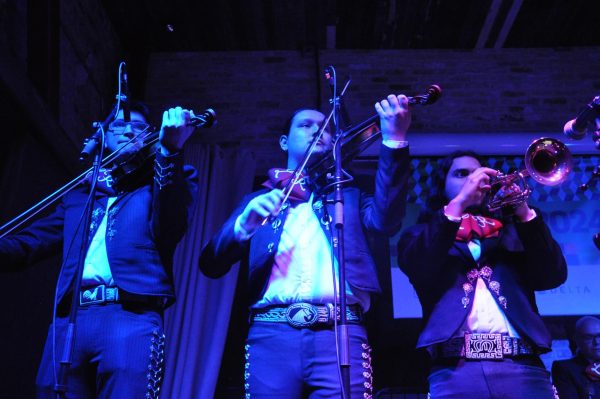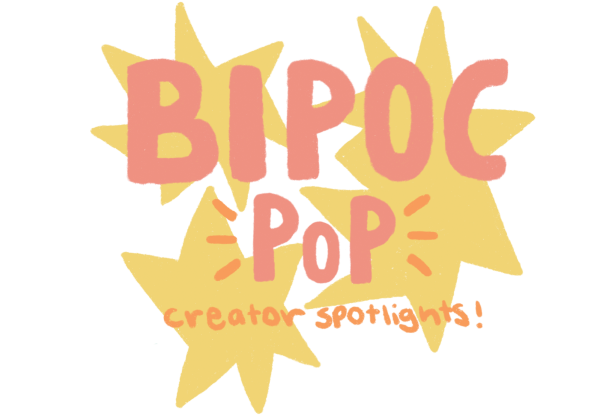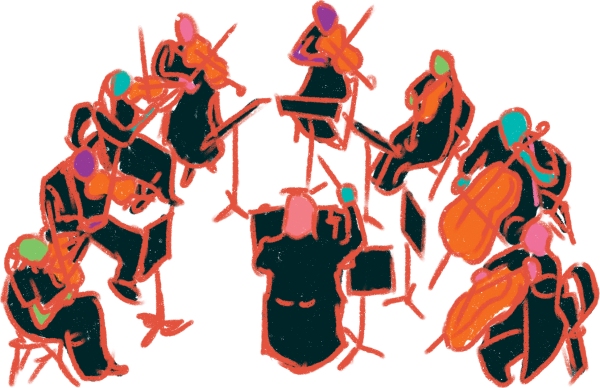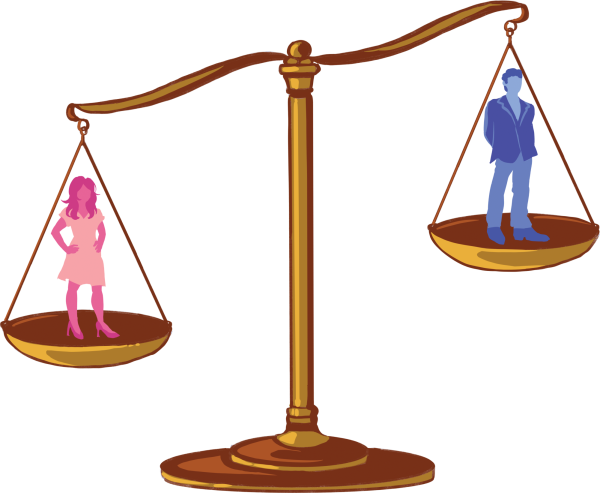BIPOC Pop Hosts Diverse Artists
May 15, 2023
From March 9-11, an explosion of stickers, posters, and comics filled Patton Hall at the University of Texas at Austin (UT). The art ranged from Aztec inspired comics to cartoonish stickers to animated short films, each piece a creation by one or more members of the Black, Indigenous, and people of color (BIPOC) community.
BIPOC artists met at BIPOC Pop, a comics, gaming, and animation arts exhibition held annually at UT. According to the event’s website, BIPOC Pop brings together artists, scholars, and industry leaders in gaming, animation, comics, and multimedia art in the hopes of strengthening community through collaboration. One artist at the event was Immanuel Valtierra whose illustrations are inspired by Aztec culture.
“I just met a bunch of interesting people,” Valtierra said. “They’re very smart, like professors and writers, so it’s really cool.”
According to Valtierra, he has been an artist all his life. During high school, Valtierra read the book “Aztec” by Gary Jennings, which helped inspire his current art style.
“Because of the love that I have for that book I started drawing in an Aztec style,” Valtierra said. “[…] What I have on the table is because of that book.”
Valtierra’s table was covered in comics and superhero stickers in Aztec designs. On the other hand, Theresa Rojas, a professor of ethnic studies and English at Modesto Junior College, had a table covered in poetry and zines, which are small self-published magazines.
“I’ve published 10 books and zines,” Rojas said. “I have three and a couple more on the way, and [my books] really highlight lots of people of color.”
Unlike Valtierra, Rojas began her art journey later in life. Though Rojas liked art as a child, she was only able to pursue art as an adult, after overcoming her fear of criticism. Rojas recommends that other artists shouldn’t preoccupy themselves with asking for permission to create artwork, but instead they should just create.
“100 percent, do not ask permission to do your art, whatever it is, whether it is visual art, writing; if you want to create something, […] no one needs to give you permission,” Rojas said. “Putting [art] into the world is a way of connecting with the world. Somebody will connect with your work. Somebody will understand what you’re trying to say, so I encourage you to do that.”
Jaime Crespo, an autobiography cartoonist currently working on a new graphic novel called ”Sinners and Saints”, showcased stickers and comics at the event. Prior to his 41-year-long career as a published cartoonist, Crespo said he spent most of his time drawing.
“By the end of grade school I had one teacher saying that I seemed to spend more time on the left side of the margin doodling pictures instead of the right side of the margin doing the lessons, so all through high school I drew in every single class except Art,” Crespo said.
Crespo’s major inspirations have always included authors like John Steinbeck, Octavia Butler, and both classic and modern cartoons. Crespo, who is from California and grew up speaking Spanish, said he has brought his bilingualism into his work since the beginning of his career.
“I live in a world; it’s a bilingual world,” Crespo said. “My household was that way and everywhere else, and it was lonely for the first 30 years. I mean, this [event] didn’t exist, say, 10 years ago.”
J.M. Hunter’s biracial identity also directly inspires some of his artwork. Hunter said he uses his human experience as inspiration for his wide variety of creations.
“I feel like being mixed race, you’re always searching for identity, or trying to figure out where you fit in, so when I do my art, I explore multiple mediums, multiple approaches, [and] multiple disciplines,” Hunter said. “I work a lot of mediums because I think it’s just something that I’m used to doing, having to pivot.”
Hunter encourages aspiring artists to try out different mediums like him. According to Hunter, it is important to embrace the process of exploring art.
“Allow yourself to make mistakes so that way you can learn from them,” Hunter said. “Enjoy the different experiences, some are more tactile, kinesthetic, some are more visual, sensory wise. … I would encourage you to try and test everything out until something really screams out.”





